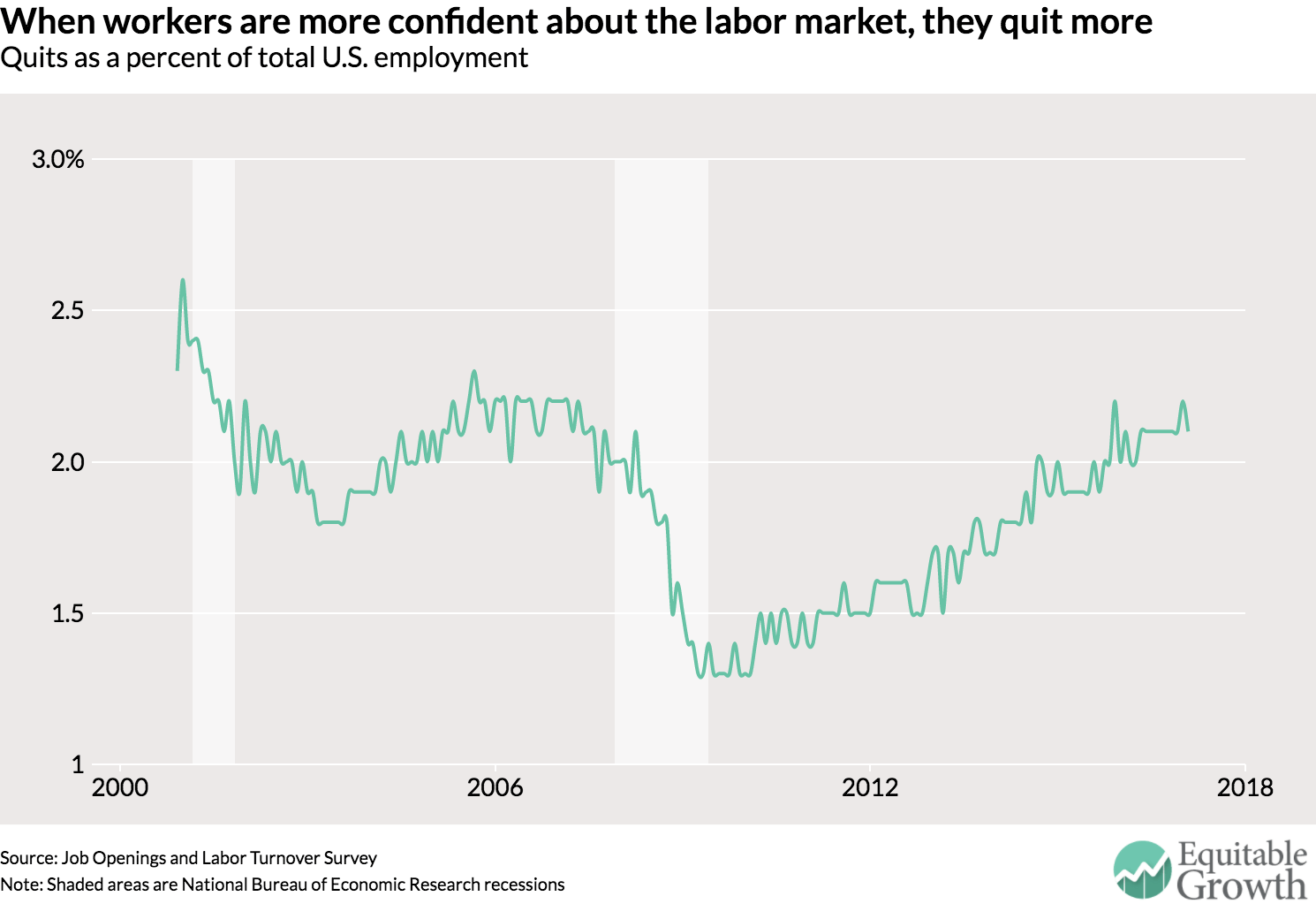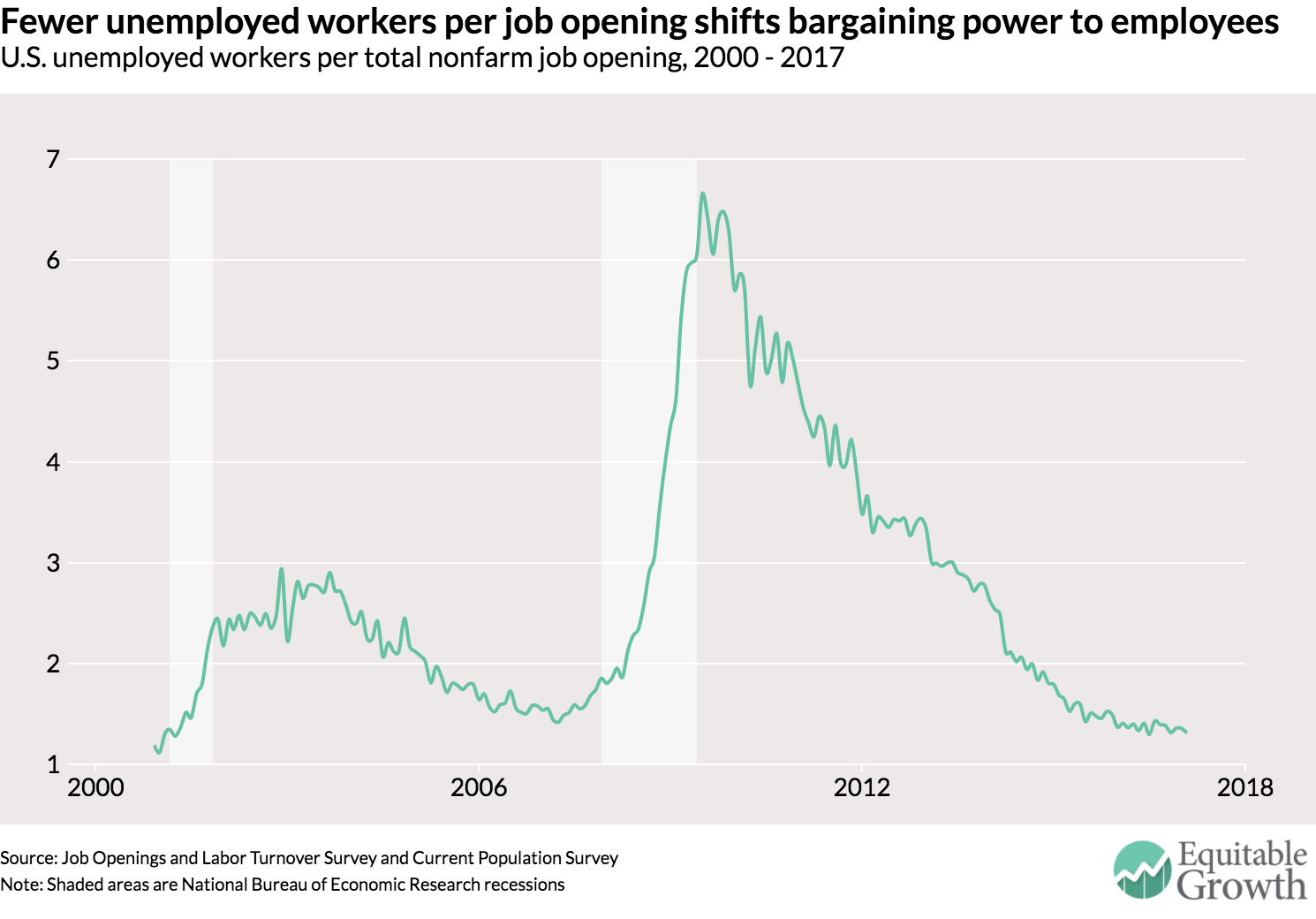Must-Read: The only big problem with this from Dani Rodrik is that Karl Polanyi got it completely wrong when he wrote that it is “democracy” striking back against the “market”. It is not “democracy” that is striking back against the “market”. To say so is to misread what is going on completely. And I think it is also to misread what went on in what my teacher Jeffrey Williamson calls the first era of “globalization backlash” from… call it 1900-1940.
And Karl Polanyi still needs somebody to play Charlie Kindleberger to his Hyman Minsky. I nominate Dani:
Dani Rodrik: A Foreword to Kari Polanyi Levitt: “I first encountered Karl Polanyi as an undergraduate, in a course on comparative politics… http://rodrik.typepad.com/dani_rodriks_weblog/2017/03/a-foreword-to-kari-polanyi-levitt.html
…“The Great Transformation” was on the course syllabus, sitting somewhat awkwardly amidst more standard political science fare. The assigned reading, on the Speenhamland system and the reform of the Poor Laws in Britain made little impression…. But over the years, I found myself coming back to the central arguments of the book: the embeddedness of a market economy in a broader set of social arrangements, the rejection of an autonomous economic sphere, the folly of treating markets as self-stabilizing. I am lucky that I had been exposed to Polanyi before I became a full-fledged economist. Looking at standard neoclassical fare from the perspective of the Great Transformation kept me alert to the hidden assumptions…. Curiously, the more I became an economist, the more Polanyi’s insights resonated. In my own writings on economic development and globalization, I felt often that I was simply restating the main themes of the Great Transformation for our current era….
It gives me great pleasure to return the favor by writing a few words about Kari Polanyi Levitt’s impressive book, From the Great Transformation to the Great Financialization…. Levitt aptly uses the term “The Great Financialization” to describe the regime that took over after the Keynesian order inscribed in the Bretton Woods arrangements collapsed…. The Bretton Woods arrangements were very much Polanyian in spirit…. Keynes sought an international regime that would be hospitable to international trade among nations, but not so intrusive that it would undercut economic management domestically.
One key requirement of such a regime was that international finance would be kept in check. Keynes made clear that controls on international capital flows were not meant to be simply a temporary expedient, to be removed once global financial stability was achieved. They were a permanent feature of the system…. After the 1980s this understanding was superseded by a new one that once again raised the market–and financial markets in particular–above the needs of society. Europe, America, and eventually most middle-income developing nations embraced financial globalization…. This wasn’t quite the Gold Standard that Karl Polanyi had held responsible for the political upheavals of the early part of the 20th century…. Nevertheless, financial globalization entailed donning the Golden Straitjacket….
As I write these words, Donald J. Trump is one month into his presidency. The reactionary backlash that Levitt foresaw, the second part of Polanyi’s double movement, is in full force not only in the United States but in a large number of European nations as well. In Levitt’s words, “market forces of polarization will disembed the economy from traditional social relations and people will seek solidarities of community, ethnicity, religious belief or other solidarities of the excluded” (p. 105). Or as she puts it elsewhere: “democracy is striking back at economics” (p. 60). We ignore Karl Polanyi at our own peril. And there is no better, richer account of why and how than this wonderful collection of essays.





